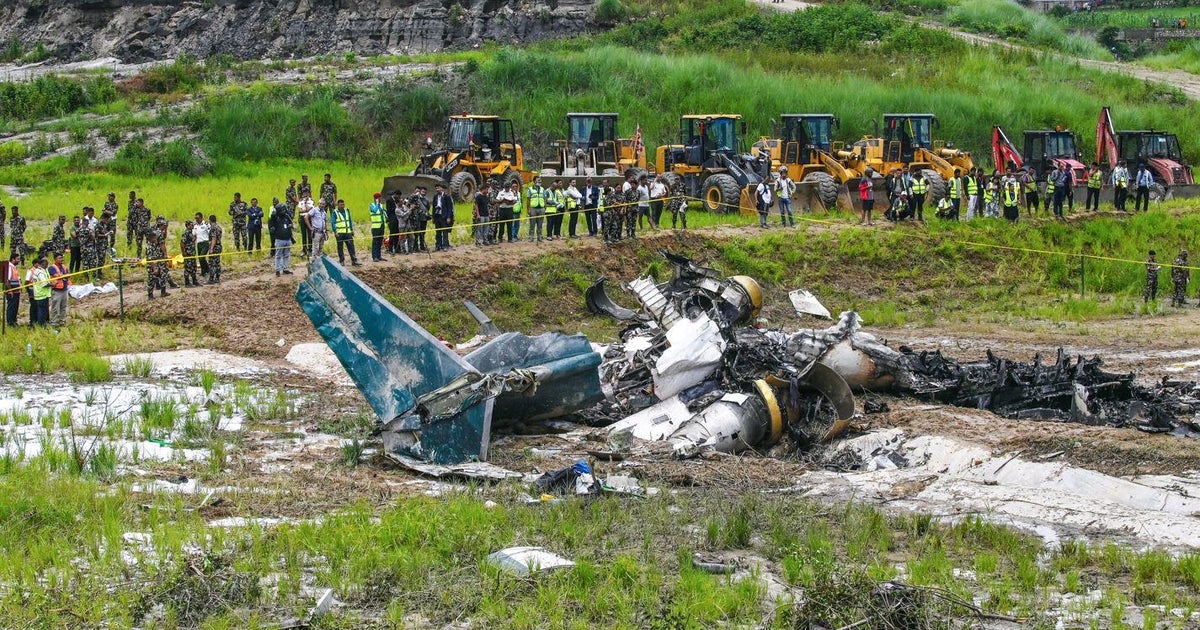Archaeologists search English crash site of World War II bomber for remains of lost American pilot
In recent months, the U.S. Department of Defense has accounted for dozens of missing airmen killed in combat — and for each of them, there's a harrowing story of the their final moments. One servicemember from Michigan died on a World War II bombing mission in Southeast Asia when his plane was hit by anti-aircraft fire, causing its wing to catch fire. A 21-year-old from Pittsburgh was killed when his plane crashed during another bombing mission during that war against oil fields in Romania. A pilot from Florida disappeared during a solo spy mission during the Vietnam War.
While most missing troops were identified primarily using DNA and dental records, the U.S. government is now turning to British archaeologists to help find a World War II pilot whose plane crashed in a dense English woodland in 1944. The Defense POW/MIA Accounting Agency has tasked Cotswold Archaeology with recovering the remains of the unnamed pilot, who was listed as missing in action after his B-17 went down, the company revealed this week.
The crash site is in East Anglia, in eastern England, Cotsworld Archaeology told CBS News on Tuesday. That region, with its rural farmland and tiny villages, became the headquarters of the Allies' so-called "Bomber War" during the 1940s, according to the National WWII Museum.
The bomber, loaded with 12,000 pounds of explosives, crashed after its controls failed, and now Cotswold Archaeology plans to spend six weeks excavating the "exceptionally special site."
"This excavation will not be easy — the crash crater is waterlogged and filled with 80 years' worth of sediment, the trees and undergrowth are thick, and all soil must be meticulously sieved to hopefully recover plane ID numbers, personal effects, and any human remains," the company said in a social media post showing images of the site.
Developed in 1935, the B-17 Flying Fortress is an American bomber that served in every combat zone, according to the National Museum of the U.S. Air Force. The bomber was mainly used in Europe during World War II and was best known for the strategic bombing of German industrial targets, the Air Force said.
According to the Defense POW/MIA Accounting Agency, the remains of more than 1,500 Americans killed during World War II have been identified and returned to their families for burial with full military honors. More than 72,000 servicemembers from the war remain unaccounted for.
While archaeologists will try to locate the remains of the missing B-17 pilot in England, a team from the Defense POW/MIA Accounting Agency is in Normandy, France, searching for three other missing airmen whose aircraft was shot down by German anti-aircraft fire on D-Day, June 6, 1944. The team is combing the soil to find any bone fragments, as well as personal items such as uniforms, navigation protractors, watches and rings.
"It's a real honor being here on this recovery mission. It's a humbling experience, and I'm happy to help bring the full accounting of the missing to their families," said Air Force Master Sgt. Raul Castillo, the team's lead support investigator on the mission in France.




